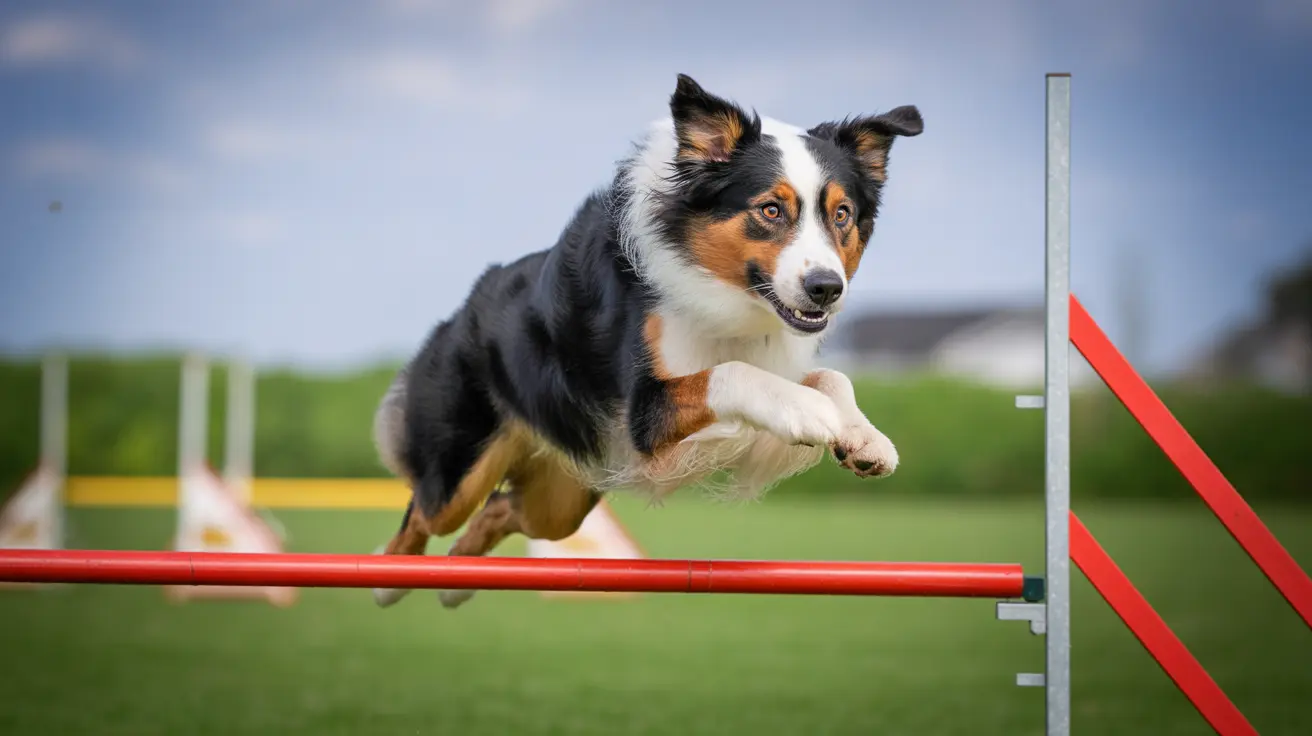Can Dogs Use Touch Screens? Understanding Digital Interaction for Senior Canines
As technology continues to permeate every aspect of our lives, it’s no surprise that even our four-legged companions are beginning to engage with digital tools.
Senior dogs, like younger ones, greatly benefit from
mental stimulation, and one innovative way to provide this is through
touch screen games. These games help counter cognitive decline, offer low-impact entertainment, and can be tailored to accomodate physical limitations.
How Dogs Interact With Touch Screens
Research at institutions such as the
Messerli Research Institute has demonstrated that dogs of all ages can learn to interact with touch screens. They typically use their nose or paw to tap on specific areas of the screen. Reinforcement with treats or praise helps condition the behavior, encouraging the dog to explore and engage further.
Types of Digital Games for Dogs
Most touch screen games designed for dogs fall into four main categories:
- Art apps: Dogs tap the screen to create digital drawings, offering a creative form of interaction.
- Noise-based games: These respond to touch with sounds like squeaks or animal noises, engaging a dog’s audio senses.
- Chase games: Moving shapes on screen prompt dogs to follow and 'catch' them with their nose or paw.
- Question-and-answer apps: Dogs select from options like "yes" or "no"—helping build decision-making skills.
Benefits for Senior Dogs
Senior dogs often face mobility issues due to arthritis or other health conditions. Touch screen games offer a
safe, indoor activity that stimulates their brain without taxing their joints. Advantages include:
- Cognitive stimulation — delays signs of aging, memory loss, and diminished motivation.
- Customization — games can be adapted in difficulty and interaction speed to suit individual dogs.
- Emotional win — dogs frequently show increased happiness and reduced anxiety after playing.
- Owner-dog bonding — shared activities deepen trust and interaction.
Training Dogs to Use Touch Screens
To gradually familiarize a dog with a touch screen interface, owners are advised to follow these steps:
- Start with the "touch" cue using your palm. Reward your dog for nose-bumping your hand.
- Transition to a small piece of paper held in your hand, then placed on the floor or wall.
- Eventually attach the paper to the touch screen. As the dog gets used to touching it, reduce the visibility of the paper.
- Introduce actual games. For chase games, most dogs naturally engage without need for complex training.
Safety and Accessibility Considerations
To protect both the dog and device, follow these precautions:
- Use a durable screen protector to guard against scratches and saliva.
- Stabilize the device on a flat surface to prevent slipping.
- Offer support like styluses for dogs with arthritis.
- Choose high-contrast visuals and slow-moving targets for vision-impaired dogs.
Best Practices for Session Duration
Keep sessions
short and fun. A typical interaction should last 1 to 3 minutes, especially in the beginning. Always end sessions on a positive note. Watch for signs of:
- Discomfort or joint pain.
- Frustration with difficult or fast-moving games.
- Lack of interest — signaling potential overuse or poor game fit.
If a game causes irritation, consider switching to a real toy for a satisfying end.
Integrating with Other Enrichment Strategies
Digital games work best when used alongside other enrichment methods. Build a routine that includes:
- Puzzle feeders.
- Scent-detection games.
- Short training sessions to reinforce familiar cues.
- Gentle physical play tailored for limited mobility.
Rotating these formats keeps your senior dog mentally fresh and prevents boredom.
What to Watch For
Many commercial touch screen products offer customization and even integrate with activity trackers. Monitor your dog's mood and behavior—if signs of stress appear, such as avoidance or increased anxiety, reconsider the game type and duration. Mental stimulation is vital but should never replace shared playtime or emotional bonding.
Conclusion
Touch screen games can be a
valuable tool for maintaining the cognitive health and happiness of senior dogs. With proper setup, tailored training, and regular supervision, these digital interactions offer meaningful mental stimulation, emotional benefits, and a joyful new activity in your pet’s daily life.





